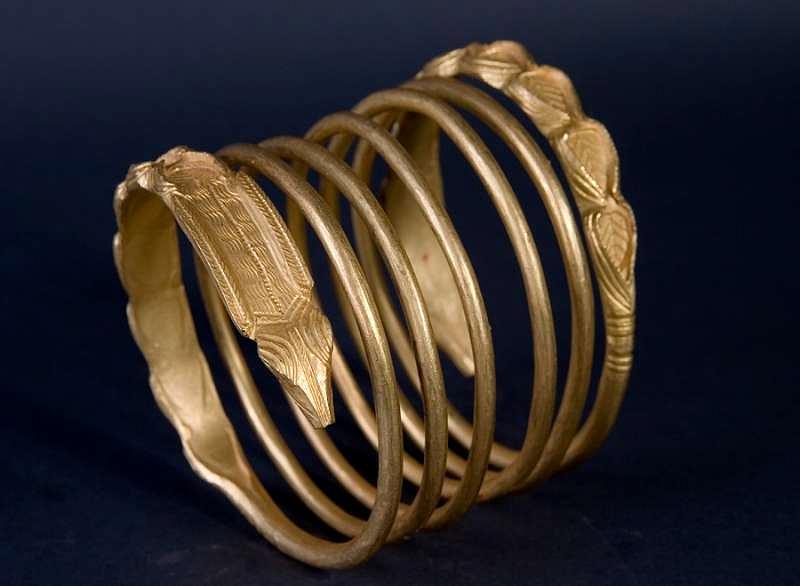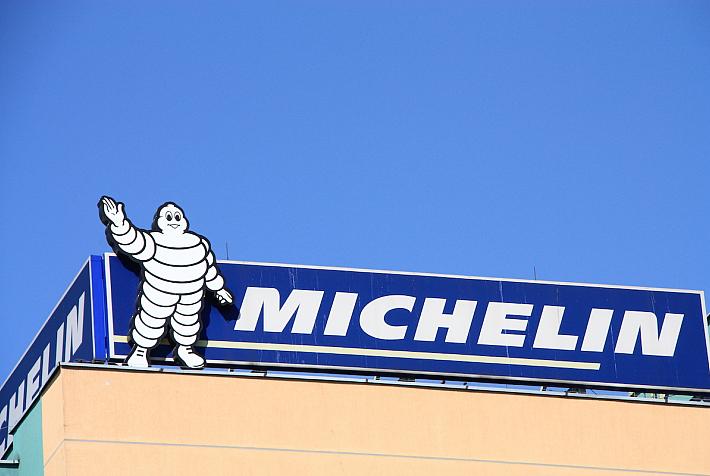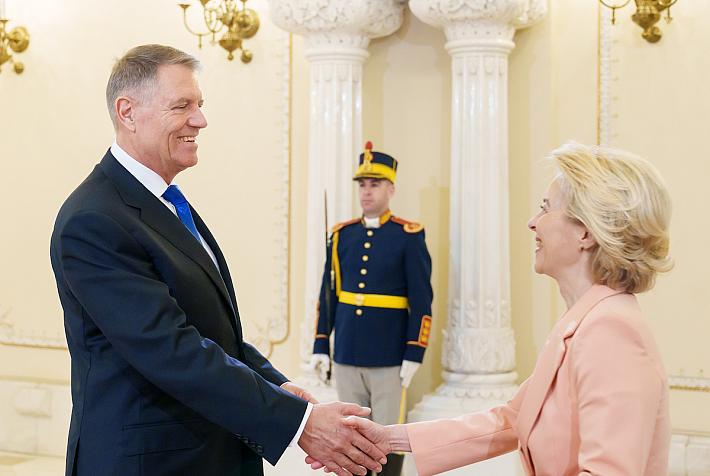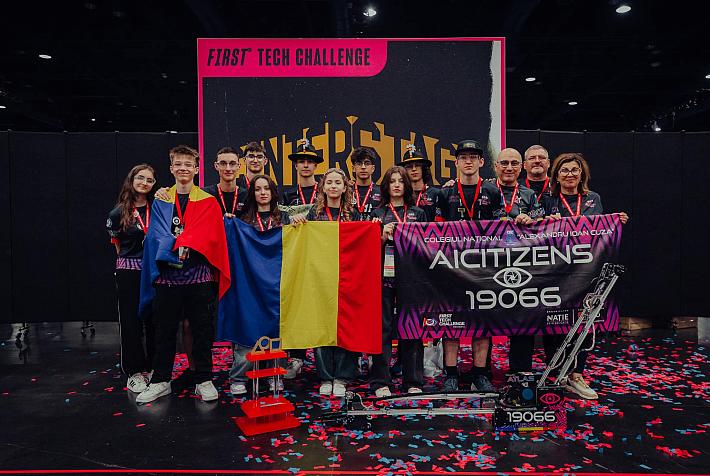Bucharest city tales: Movie, gold bracelets and Dacians, but no popcorn

Columnist Eleonore af Schaumburg-Lippe writes in her weekly column about life as an expat in Romania. This week she tells you about a storytelling evening at the National History Museum of Romania (MNIR).
MNIR is for sure my favorite museum here in Bucharest, the basement hides a secret treasure, not many expats know about. Down there you can see a whole gold collection, and royal jewels, also the temporary exhibitions upstairs are worth a visit, I have seen all from Celebrating Neil Armstrong, to the story of Clocks. I have visited the museum countless times, and always see or learn something new.
A few days ago I was invited to the event “Decoding Dacian Heritage”. I must admit history knowledge and especially Romanian history is not my strength, so I went there to learn more. And what an evening it was, one of those to treasure as a great memory.
Besides showing rare Dacian artifacts, it was also movie time, and the movie Decoding Dacia presented by Dan Dimancescu was shown. I couldn't wish for more: gold artifacts, movie and lots of good stories. Well, maybe popcorn, but apparently popcorn at a museum is not something they do here in Romania.
The movie about the Dacians had it all, like an action movie, and it all happened in ancient times right here in Romania. It just lacked a little romance, but that is probably just because the historians don’t have so much information about the Dacians.
Here is a little introduction about the Dacians: they were one of the important peoples of Ancient Europe, living in the area located between the Balkans, Danube and around the Carpathian range, in contact with the Greek, Roman and Celtic civilizations. Their unified Kingdom existing between 82 B.C. until 106 A.D. and its capital was Sarmizegetusa, located in the high mountains of Southern Transylvania. Decebalus (87-106 A.D.) was their last king and he fought against the Romans, led by Trajan, during two atrocious wars. But in the end, in spite of their resistance, King Decebalus and his people were defeated by the Romans. Decebalus killed himself to avoid the dishonor of captivity, and most of Dacia was converted in Roman province. But the story of Decebalus still lives on.
At the museum, there is a huge copy of Trajan's Column; the original is in Rome, Italy, I have looked at it many times, but now I really understood the decorations, since on the column you can follow the whole story of the Roman emperor Trajan's victory in the Dacian Wars.
Another great story presented was about the golden bracelets, that are on exhibition at the museum. They are 13 beautiful bracelets from the “golden age” of Dacian culture. These bracelets have sort of followed my life here in Bucharest, since one of the first times I visited Romania, I guess 3 years ago, the museum had just retrieved a bracelet, and I was there when they were put it in the “glassmonter” during a ceremony. I can’t recall if I actually held one of them, but since that day I have been fascinated by these bracelets.
Finally I got the story behind these bracelets and what a story it is! I didn’t know at all that the bracelets had been stolen by a criminal gang, and the International police had helped the museum get them back, the last one was recovered in 2011, and the investigations are still going on this day.
This is the story about the golden bracelets: During 1996-2001 there were more and more persistent rumors spread among the Romanian and foreign archaeological circles. They mentioned the uncovering of several huge hoards consisting of Dacian and Greek gold coins as well as massive gold bracelets. According to the rumors, the coins and bracelets where found during illegal treasure hunting operations held by well organized criminal gangs acting in the mountains of the area of Sarmizegetusei Regia, in Romania.
In 2001 the Romanian Police began to investigate the rumors, and they turned out to be true. In 2005 a German expert informed the Romanians that he had seen several Dacian gold bracelets at an antiquities market in Germany. And in 2006 a Dacian gold bracelet put on sale in Paris was seized by the French judiciary. So in 2006 the negotiations began to recover the illegally stolen and now exported Dacian gold bracelets.
In January 2007, the first four Dacian gold bracelets were recovered and brought back to Romania, and later in January one more bracelet was retrieved from France, one more was recovered, during an undercover operation of the Romanian Border Police and three more gold bracelets were recovered in cooperation with the Swiss, American and German authorities. In 2008, another two gold bracelets were found abroad and in 2009, one more bracelet was brought back in Romania in cooperation with the American and German authorities.
And the last one was recovered relatively recently on May 10, 2011, in cooperation with the German authorities. So now the museum has 13 bracelets but according to the investigation, there are 24 bracelets in total, so during the coming years, they hope to get them all back. So let’s keep fingers crossed that they do.
If you really want to learn more about the Dacians, and the gold collection, go by MNIR and if you are lucky the Director of the museum will be there. The director, Ernest Oberländer-Târnoveanu is really nice and knows a lot, he call tell stories, so what is supposed to be a short visit turns into an hour because you want to hear more, and regret that at one point you will have to leave. He is one of these people who can tell you stories about each object at the museum so you can picture the whole scenario and feel like you are back in the past, when this item was a part of a war a trade or a royal decoration.
I am not an archaeologist or an expert in this field, I just like to share stories, and these stories I really found fascinating. Maybe I am related to the Grimm brothers, who knows.
A big Thank you to Ernest Oberländer-Târnoveanu for helping me editing this article, so the facts are correct.
By Eleonore af Schaumburg-Lippe, columnist Eleonore is Danish, she holds a BA in Organization and Management and specializes in Corporate Communication & Strategic Development. She is also a Market Economist and a Multimedia Designer. She is currently working in Bucharest as the Executive Director of UAPR the Romanian Advertising Association. As a Danish Viking in Romania, with a great passion for ’covrigi’, she has a burning desire to find out more about Romania especially Bucharest, and enlighten the small differences in the culture between Denmark and Romania. Her weekly columns will give you insights into an expats life in Bucharest written with humour and a big Danish smile.
(photo copyright NHMR and Eng. Marius Amarie)















